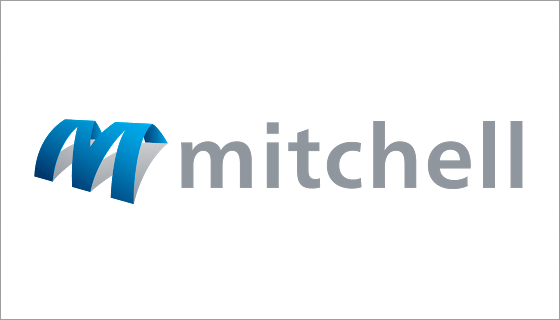
Auto claims satisfaction reaches record high.
In their most recent auto insurance claims survey, J.D. Power highlights that overall customer satisfaction with the auto insurance claims process is at a record high 868 (on a 1,000-point scale), up 7 points from the previous year’s study. The improvement is driven by an increase in efficiencies with the FNOL, estimation and vehicle servicing portions of the claim lifecycle. J.D. Power notes that photo-based estimating or remote vehicle inspections have played a significant role in improving efficiencies of the claim process and contributed significantly to the record high satisfaction score. Our solution partner Mitchell with their Intelligent Estimating solution leverages AI and a cloud-based estimating system to turn damaged vehicle images into estimates. When integrated with ClaimCenter, we can further streamline the estimation process, improve claim process efficiencies, and continue to drive record breaking satisfaction ratings.
Who?

Mitchell’s Intelligent Estimating solution is available for early adopters in the U.S. It integrates AI into the collision repair claims workflow turning photos of damaged vehicles into component-level estimates. When integrated with ClaimCenter, the AI generated Mitchell estimate can be automatically loaded into the Assessment screen card within our claim file.

What do you need to know?
When you factor in drive time between locations, a field appraiser will complete 4-5 estimates in a typical workday. A desk appraiser, working from photo-based estimates averages 16 estimates in the same amount of time and doesn’t incur travel expenses to drive to inspect a vehicle.
It is a 4-step process to generate an estimate:
Step 1: Image and information gathering. Appraisers, adjusters, consumers, etc. submit data and images. The insurer can white label Mitchell’s app for a branded experience.
Step 2: AI examines uploaded images to analyze the vehicle damage.
Step 3: AI analysis is translated into repair or replace recommendations by tapping into Mitchell’s proprietary vehicle database.
Step 4: Analysis is converted into estimate lines. See image above and below.

Consider the benefits this value proposition provides for low-complexity losses; insurers can route these straightforward losses to an automated workflow to improve the cycle time from vehicle inspection to payment. This is a huge step in claims automation!
Want more detail?
Read this press release: Mitchell Intelligent Estimating Solution Ready for U.S. Early Adopters